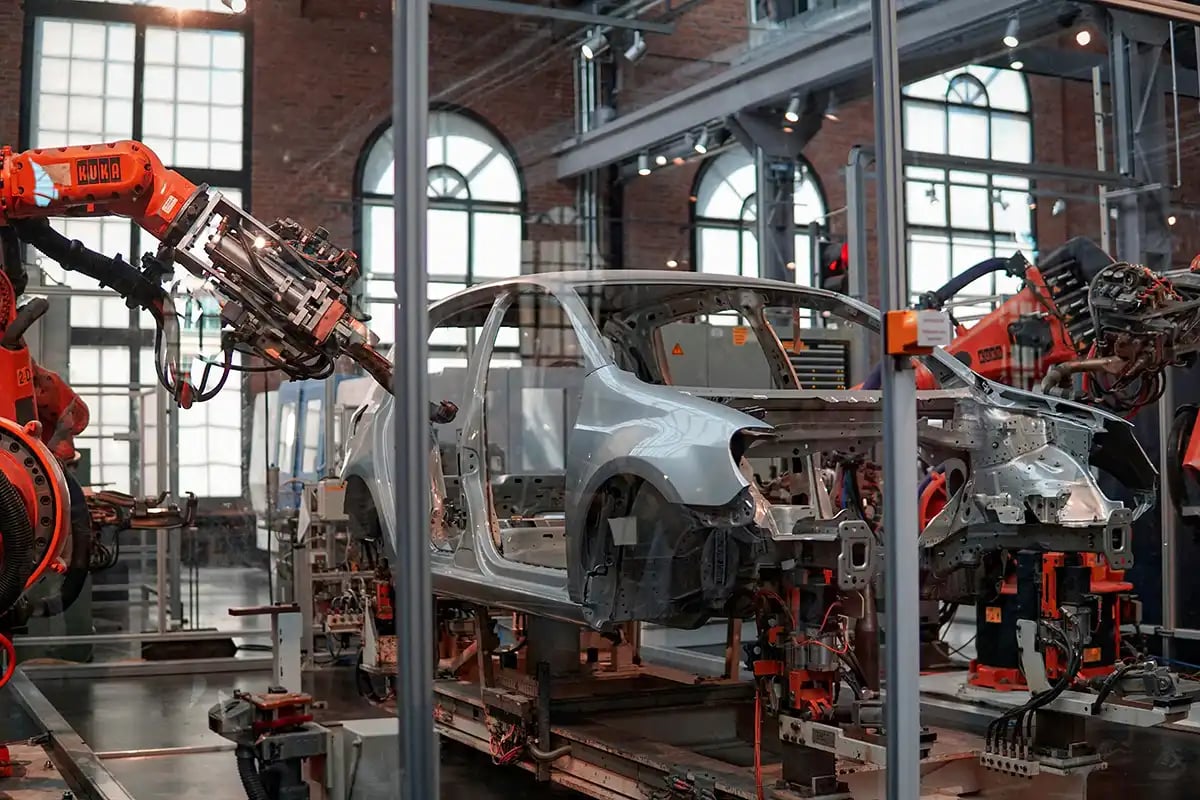U.S. President Donald Trump followed through on his longstanding threats to impose new tariffs on imported cars on March 26, announcing that a 25 percent import tax on vehicles not made in the U.S. would take effect next week, according to a Reuters report.
This move has further strained the already delicate trade relationships between the U.S. and its allies. Below, we highlight key developments from the Reuters report.
A sweeping 25 percent duty on foreign-made autos
Trump confirmed that, starting April 3, the U.S. will levy a 25 percent tariff — on top of existing duties — on imports of finished vehicles. Currently, the base U.S. tariff rate for automotive imports stands at 2.5 percent.
The new tariffs will apply to vehicles assembled in countries with free-trade agreements with the U.S., such as Canada, Mexico, and South Korea. These nations, along with Japan and European car manufacturers from Germany, Italy, and the U.K., will be heavily impacted by the new measures.
Industry experts argue that these unilateral tariffs could violate existing trade agreements, including the U.S.-Mexico-Canada Agreement (USMCA) and the U.S.-South Korea Free Trade Agreement.
Impact on car parts and components
The new tariffs will also extend to major auto parts imports, including engines, transmissions, powertrain components, and electrical parts. According to Trump’s proclamation, the tariffs on parts may take effect as late as May 3, following further announcements in the Federal Register.
Partial exemption under USMCA
The new plan offers a limited exemption for vehicles and parts that meet USMCA’s rules of origin, but only for the portion of the vehicle or part that is U.S.-produced.
For example, a truck built in Mexico with 45 percent U.S. content would face the 25 percent tariff on the remaining 55 percent of its value. The same rule applies to auto parts that comply with USMCA’s rules — only the non-U.S. content would be taxed.
However, determining the exact content percentages may be challenging. While the U.S. Commerce Department and U.S. Customs and Border Protection are tasked with establishing a process for determining the non-U.S. content, USMCA-compliant auto parts will remain duty-free until a procedure is in place. No specific timeline has been provided for this process.

Legal justification for the tariffs
The new tariffs are grounded in a 2019 national security investigation into auto imports conducted during Trump’s first term under Section 232 of the Trade Expansion Act of 1962. This Cold War-era trade law was previously used by Trump to impose 25 percent tariffs on steel and aluminum imports in 2018.
The Commerce Department’s investigation concluded that the increasing market share of imported cars posed a national security risk by undermining the U.S. industrial base and limiting domestic automakers’ ability to develop advanced technologies for military applications.
With information from Reuters
For more news, click here








